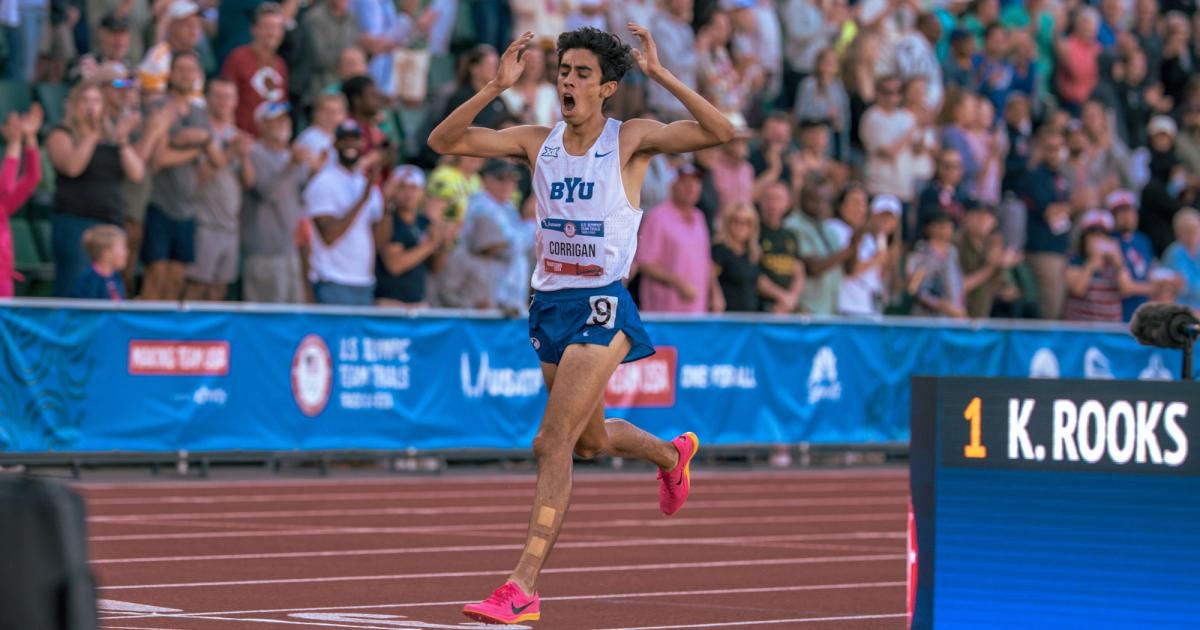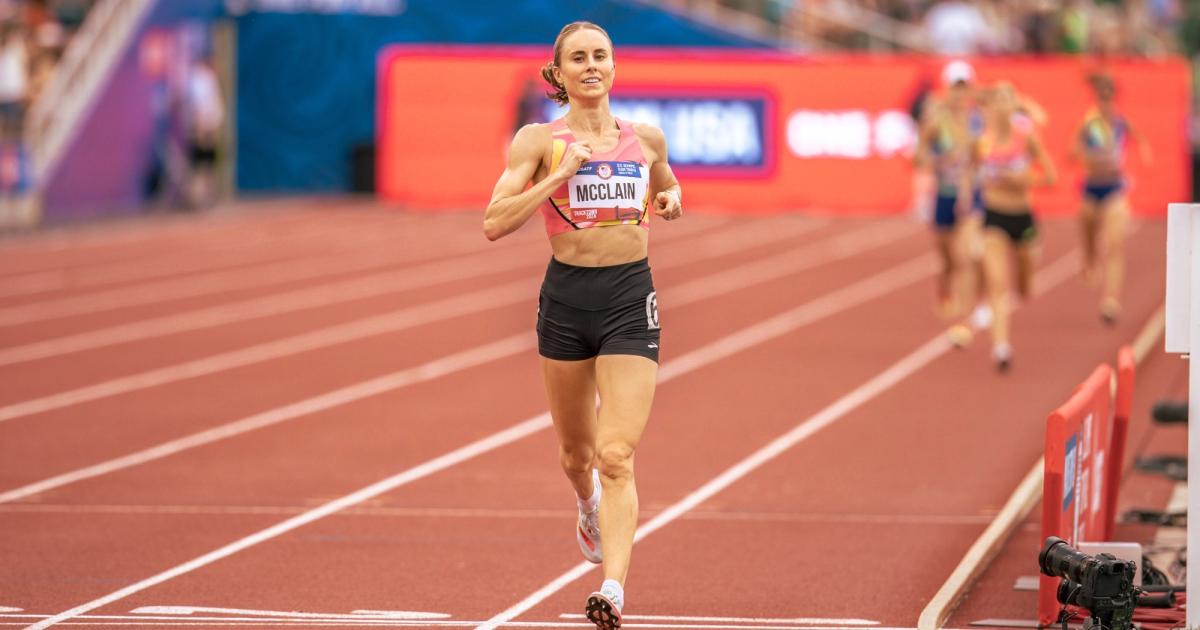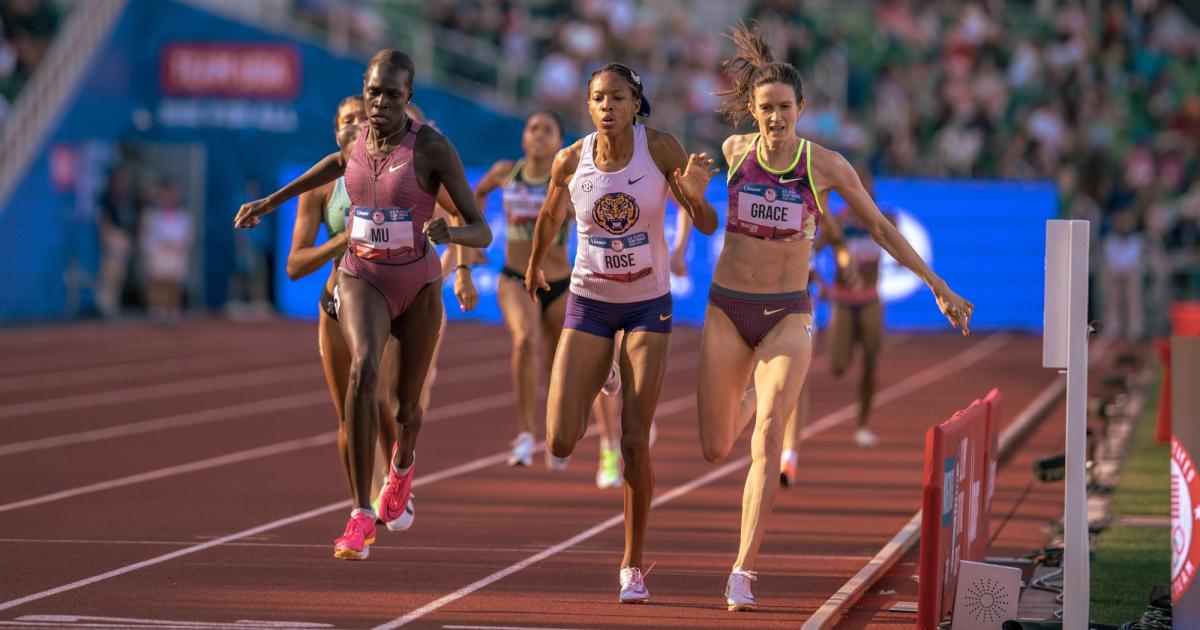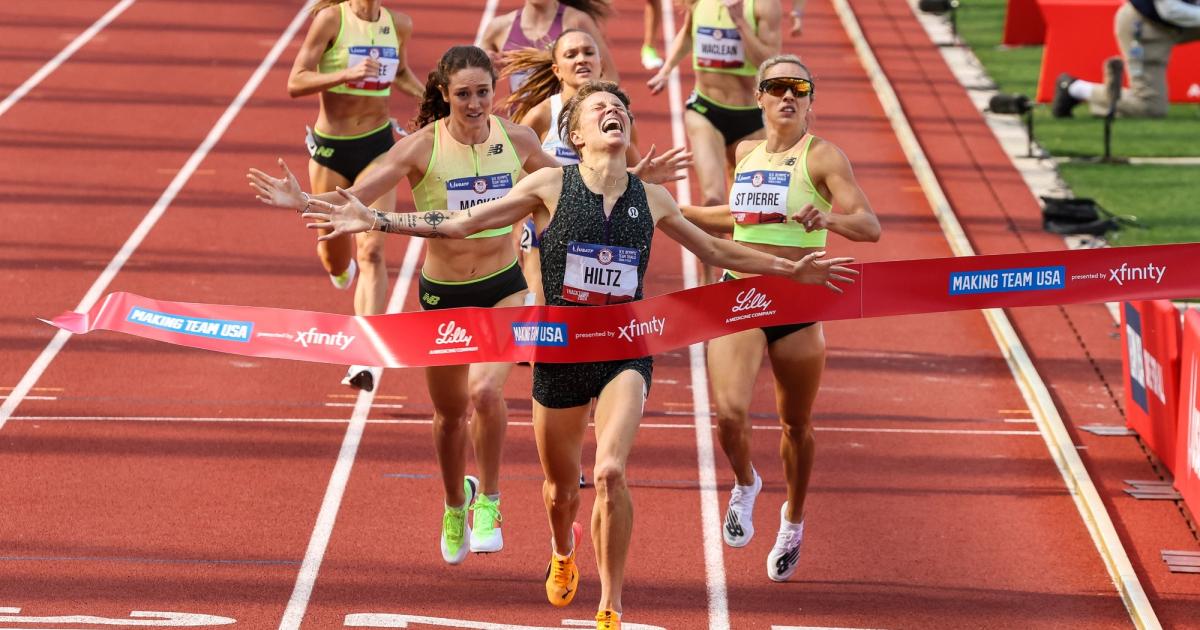By Preet Majithia
July 5, 2024
Without a doubt the U.S. Olympic trials are a fantastic sporting event. The drama of having Olympic spots on the line adds to the spectacle and can inspire many of the athletes to some incredible performances.
However, over the course of the Trials, a number of incidents generated a wave of enthusiasm for changing the rules in any number of different ways. From Athing Mu’s fall to finishes in events like the men’s steeplechase and men’s 5k where athletes who were not qualified for the Olympics finished in the top three, the responses on social media and in some coverage by media outlets (including this one) have been fascinating.
As a Brit watching from afar, many of the responses display a certain amount of obliviousness to how qualifying for the Olympics really works, and a great deal of hubris in suggesting the qualifying format should be changed simply because otherwise the U.S. Olympic Trials are not as good a TV product (or in a shocking imposition, a year after the qualifying window opened, a few athletes might have to wait a few more days to find out if they qualify). Nick Willis (who, ironically is not American and therefore someone non-Americans perhaps expected better from) became a lightning rod for some of the criticism when he suggested changes to qualifying with this post on Twitter – check out the quote tweets.
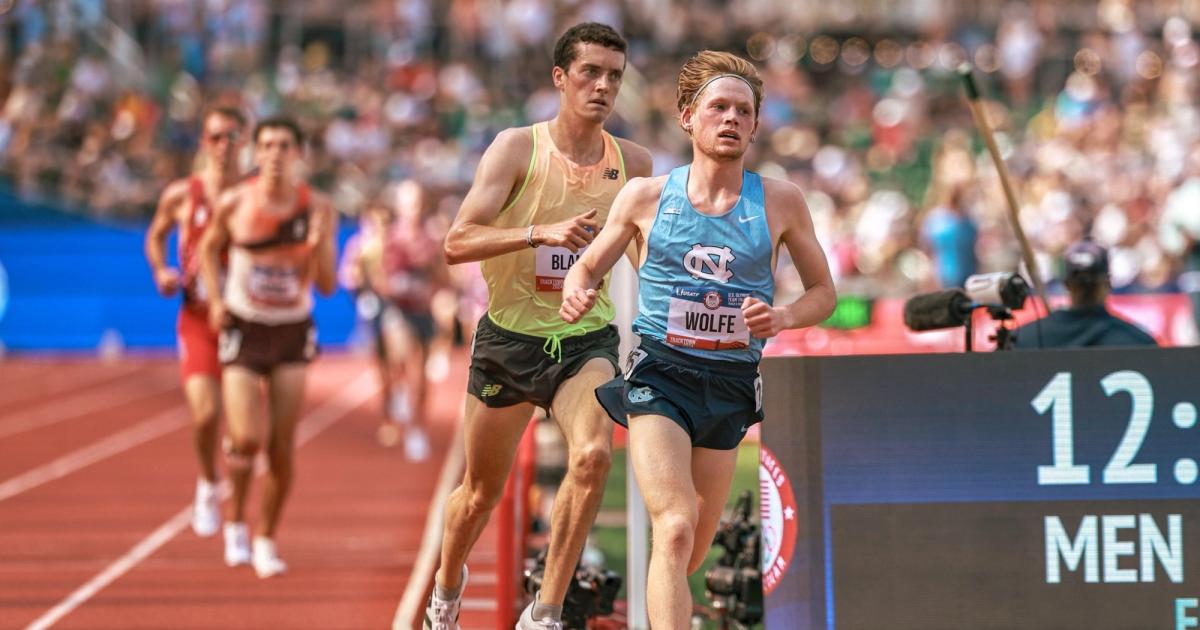
Justin Britton / @JustinBritton
Isn’t Track And Field An Individual Sport?
The suggestions have – at their most egregious – been around a system where whoever gets top three at the U.S. Olympic Trials should be allowed to go to the Olympics, regardless of whether they have the qualifying standard. The more level headed variation is that to the extent the U.S. has three other qualified athletes in a given event, they could reallocate the spot to any athlete that finishes top three at the Trials.
It may seem like an obvious thing to point out, but track and field is an individual sport. It is actually individual athletes that qualify for the Olympics in their respective events by either achieving the qualifying standard, or obtaining a place in the World rankings quota. There is no reason why an athlete, just because they came top three in a particular meet, should be allowed to go to the Olympics. The U.S. has so much depth in many events and so many people with the standard that it is perhaps understandable that this sometimes gets forgotten.
The quota reallocation makes even less sense. If a qualified athlete is injured or has a bad day, then can a federation just send whoever they like? Why does an athlete who is ranked much lower down in the rankings deserve to go to the Olympics because they come from a certain country, over an athlete who is next up in the rankings from a different country, and who has worked hard to get a better ranking position?
There are large numbers of athletes around the world who have taken time to understand the system, and therefore spend their seasons trying to meet the qualifying standard or travel to as many meets as possible trying to improve their World ranking. In most cases, if there are not more than three people from their country who then achieve qualification, they would then be selected (albeit some federations have additional requirements in their selection policies e.g. UK Athletics). If U.S. athletes have chosen not to do this on the assumption that all will be fine, then this is an issue of their own making.
I am not arguing that the ranking system is perfect, or that the standards are necessarily set at the correct level, but those are the rules everyone else has to play by, and if you work to understand the system, then it is perfectly possible to use the system to your advantage to get the best possible ranking. For those close to the rankings cut off, this does lead to a tense wait for the final rankings quota spots to be allocated, particularly considering there can be an impact from the withdrawal of athletes who are injured or choosing not to double if they have a different primary event.
Some might say that there aren’t enough high category meets in the U.S.. However there are in fact a lot of meets in the U.S. - it is just that many of them don’t bother to try and meet the necessary criteria to raise their category level. We then get the sight of U.S. pros going to run at high school meets and subsequently complaining the sport isn’t professional enough.
There is also an argument that the system can disadvantage NCAA athletes as they don’t get to choose the meets they compete at, and regular season NCAA meets are not higher category meets which can help to boost athletes’ ranking scores. However this is perhaps something the NCAA should address, ensuring their rules and meets align correctly with World Athletics standards, as well as individual athletes and their coaches, where they need to decide whether their athletes are targeting a U.S. team and if so, look to meet the qualifying criteria.
More Spots For The U.S.
Another suggestion has been that the U.S. is so good in some events that they deserve additional spots. Track and field is a global sport. It benefits the viewership on a worldwide level if there are people from many different nations competing and in particular making finals. This is largely the reason for the three person limit. Otherwise it is worth asking the question, for example, as to how many spots Ethiopia should be allocated in the Women’s Marathon, given they have 99 qualified athletes.
There is also the live example that is the steady and continuing demise of the World Cross Country Championships, where up to five athletes per country can compete. This results in two or three nations (mainly Ethiopia, Kenya and Uganda) taking up the majority of the places at the front of the race. This is great for those nations, but leaves little intrigue in the race, and as the coverage tends to focus on the front of the race, competitors from any other countries don’t even appear to any significant extent on the broadcast. We surely don’t want the Olympics (or World Championships) to end up in a similar place.
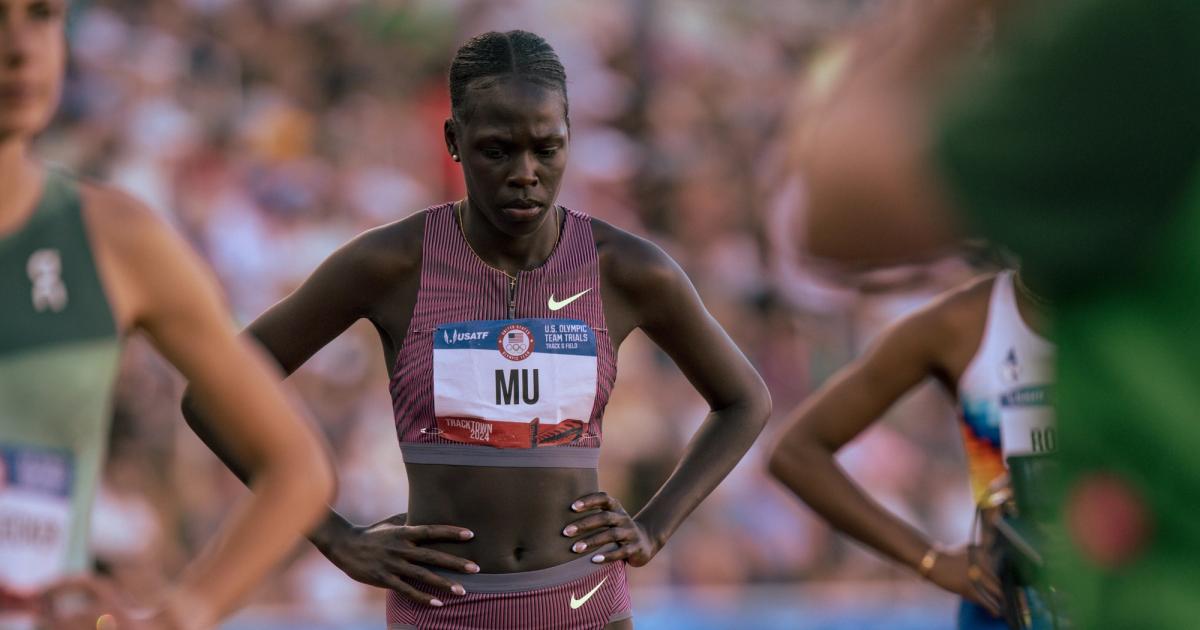
Justin Britton / @JustinBritton
Changing The System
Athing Mu missing out on the Olympics has led to suggestions of a bye for Olympic Champions. But four years is surely far too long to be sure that an athlete will remain world class, and if they are still that good, you would expect them to be able to easily meet the qualifying criteria so this is surely a non-starter. The other suggestion is that the third spot is a discretionary spot - an approach adopted by some other federations, which almost inevitably leads to accusations of bias, favoritism, or unfairness.
As Winston Churchill was famously misquoted as saying, “democracy is the worst form of government, except for all the others.” In a similar way, the top three system at Trials is not perfect, but is perhaps the least worst option, taking out all subjectivity and bias. Any other system feels open to problems. The money and opportunities at stake with Olympic selection means that agents, sponsors, and many others have strong vested interests in which athletes go. A prime example is the choice of Athletics Kenya in their marathon selection, where it has been suggested that they were pressured into selecting someone sponsored by the federation’s sponsor rather than an athlete with a different sponsor that might have been in better form and better suited to the course. In the U.S., there may be more than three potential medal contenders in an event and any sort of discretionary selections would likely become messy very quickly. There is also a question of whether anyone would have selected the likes of bronze medallist Molly Seidel for the Tokyo Olympics.
The Qualifying Process
For those of you who want to understand the nitty gritty of the Olympic qualifying process, read on. Each event has a limit on the number of athletes that can be entered, and each country is allowed to send three athletes per event. You can see the list of athletes who have qualified on the Road to Paris site (but note that this will soon have athletes not selected for the Olympics removed even if they have the qualifying standard).
To obtain a World ranking, an athlete has to compete in a certain number of events (typically five, but three for the 5,000m and two for the 10,000m) and the time or mark is converted using the scoring tables. Each results score is then supplemented by a placing score depending on the category of the meet at which it is achieved to give a performance score. For example, a slower time to win a Diamond League meeting will give more points than a faster time run at a low-key meet. It is intended to reflect the likely quality of the competition that an athlete beats, and also to somewhat adjust for the conditions on a given day.
The majority of NCAA meets, for example, do not meet the requirements to be graded in a higher category (mainly because they do not meet requirements around format and prize money), so the system can be disadvantageous to NCAA athletes who are not able to compete elsewhere.
World Athletics has tried to set up the rankings in such a way that around 50% of qualifiers come from meeting the qualifying standard, and 50% from the World rankings, albeit in reality this does not always pan out (e.g. in the men’s 400m hurdles, only three out of forty athletes have qualified on ranking).
What Does This Mean For Most Athletes?
For most countries, in most events they do not have three or more athletes qualified. This means that in many cases, essentially any athlete that gets the standard or is in the rankings quota is likely to be selected (albeit some federations like UK Athletics impose their own even more stringent selection criteria and will – controversially – not select all their qualified athletes).
There are large numbers of athletes around the world who therefore spend their seasons trying to meet the qualifying standard or travel to as many meets as possible (of the highest category they can get into) trying to improve their World ranking.
Their national championships then become less of a deciding factor as there are significant limitations on which athletes can be selected. In fact in many cases, national championships, being a higher category of meet, can help to boost ranking positions for athletes, especially if the competition is not quite so deep in their event.
That’s not to say that in some cases there will not be athletes fighting it out for places at a national championships. For example, the sprints in Jamaica, middle distances in the UK, and the mid- to longer-distances in Kenya and Ethiopia are particularly competitive.
Selection in other countries tends to be more subjective where there is competition, with some places being based on the decision of the national federation. Be ready for the anguish on social media over the coming days as Olympic teams are announced and athletes get left at home based on the whims of their federation.
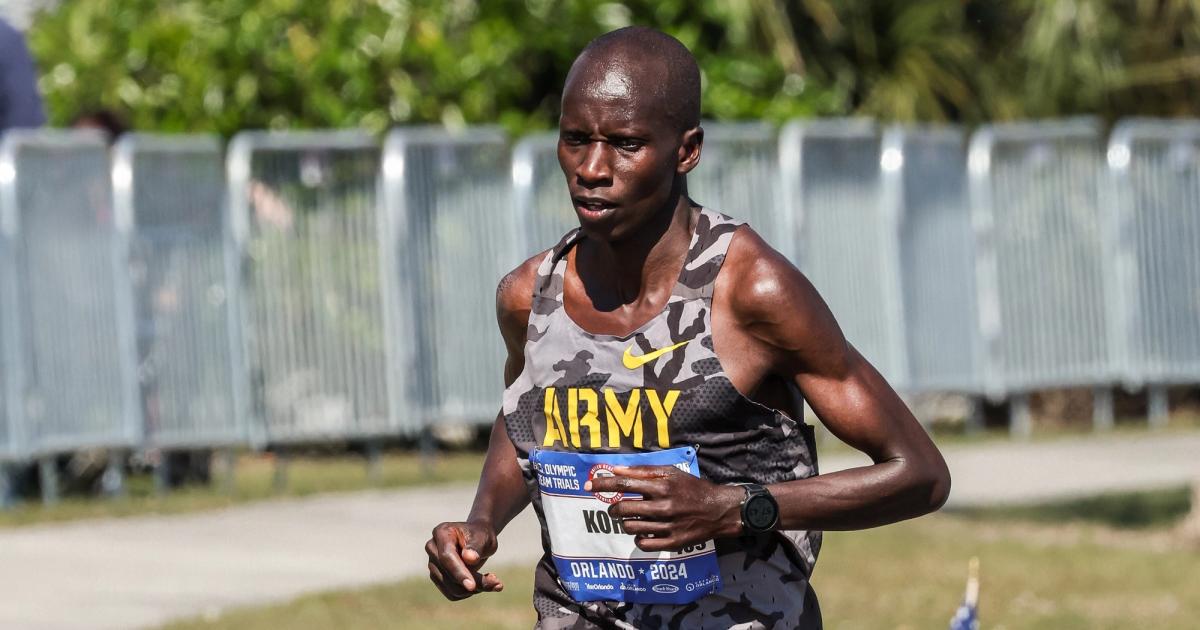
Kevin Morris / @Kevmofoto
Marathon Qualifying
Some people have been asking why there was in fact quota reallocation for the marathon, where a country could, by having a qualified athlete, ‘unlock’ a spot which could then be reallocated to another athlete who had run a certain minimum standard, and consequently why a similar system can’t be extended to other events.
The complexity with the marathon is partly in the nature of it. Athletes have limited opportunities to qualify, given the limited number of high quality marathon races an athlete’s body can withstand in a given year, and certain courses lend themselves to faster times, which might not match the kind of course expected at the Olympics (we know Paris is going to be hilly, hot, and humid!). In addition the qualifying standard has been significantly lowered after Tokyo, as the number of qualified athletes far exceeded the expected field size in Tokyo (and the Olympics limit the number of athletes for each sport, so this probably wasn’t an option this time around).
It is perhaps more understandable that a slower marathoner could actually be better than a faster one in some circumstances depending on the course or the conditions, or that form could be an issue given the long qualifying window required to give athletes a few opportunities to run the qualifying time. Putting in the secondary minimum standard equal to the standard from the previous Olympics prevents athletes who are too far away from being competitive being substituted in.
However this really does feel like a solution that suits the marathon only – maybe the 10,000m, as well – as in other events, athletes have plenty of opportunities to run the qualifying time or achieve a good ranking, and need to be of a really high caliber given the relatively small number of athletes in each of the other track and field events at the Olympics.

Preet Majithia
Preet is a London based accountant by day and now a track fan the rest of the time. Having never run a step in his life he’s in awe of all these amazing athletes and excited to help bring some attention to the sport.
